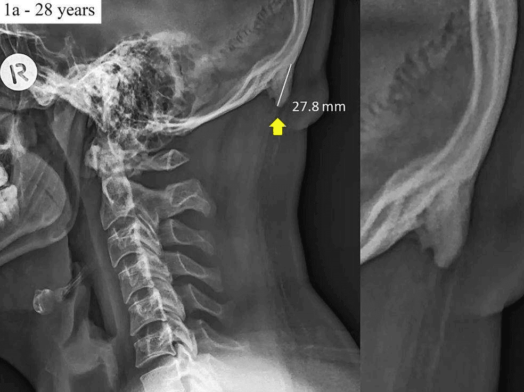On the 10th of April of this year (EST), Earthlings beheld for the first time a real image of one of the most mysterious objects in the universe – the black hole.
The image is blurry, at best – a black circle with a fuzzy orange and yellow glowing ring around it. What’s the big deal? An inquiring students’ mind would want to know: What are those textbook images of “black holes?” Where did they come from? How were these images created?
Britannica.com defines a black hole as a “cosmic body of extremely intense gravity from which nothing, not even light, can escape. A black hole can be formed by the death of a massive star. When such a star has exhausted the internal thermonuclear fuels in its core at the end of its life, the core becomes unstable and gravitationally collapses inward upon itself, and the star’s outer layers are blown away. The crushing weight of constituent matter falling in from all sides compresses the dying star to a point of zero volume and infinite density called the singularity.”
Simply put, a black hole is an extremely powerful force of gravity that sucks anything that comes close into it. Scientists first formed theories about the existence of black holes based on Einstein’s theory of relativity; his equations suggested how the death of a massive star can leave behind a dense core of gravitational energy.
Before the historic breakthrough for science last April 10, scientists had no way of directly observing, much less photographing, an actual black hole. The closest one to our planet is in the middle of our own galaxy and is 4 times as massive as our sun; but even that black hole is too far and too small for our imaging capabilities to capture.
Textbook images of black holes were created based on Einstein’s calculated prediction: a “shadow” in the middle bounded by an event horizon – the boundary beyond which no matter can escape – and surrounded by glowing gas.
Scientists also relied on indirect evidence to help them pinpoint the location of a black hole. Instruments can detect phenomena that indicate its presence, such as x-rays from a star that gets sucked into a black hole; charged particles that may have been ejected from one; or out-of-the ordinary movements of objects affected by the pull of its gravity.
The first ever image of a black hole – Messier 87, which is 55 million light-years away at the center of a galaxy known as Virgo A – was taken using the Event Horizon Telescope (EHT), which is actually made up of eight, ground-based radio telescopes scattered all over the globe, and which were synchronized by a group of scientists to measure the radio waves being emitted by the black hole’s event horizon.
The first ever image of the black hole is not an actual photograph, as one that is taken by a camera. It’s actually a composite of years’ worth of data collected by these eight telescopes, and put together using a complicated algorithm to create the now-iconic image.
As an article on Independent.co.uk explained, “[Scientists] had to look through all the data received to ensure that they were seeing what they thought they were. That required complex analysis of the data using algorithms as well as scientific understanding, to allow them to fill in the gaps in the grainy and unclear images [….]”
The image scientists were able to produce from the radio waves they measured proves Einstein’s calculations which predict the existence of black holes. According to another article on LiveScience.com:
Einstein’s theory of relativity predicted that black holes exist and that they have event horizons. The equations also predict that the event horizon should be somewhat circular and the size should be directly related to the black hole’s mass.
Lo and behold: a somewhat circular event horizon and the inferred mass of the black hole matches estimates of what it should be based on the movement of stars farther away from it.
What does this breakthrough mean for the future of space science? Scientists say this is just the beginning of more amazing galactic-scale discoveries and mind-blowing leaps across space, pun intended. They are still analyzing all the data they have gathered to have a better understanding of what they have accomplished, and they will be using the same techniques to get more peeks into deeper space.















